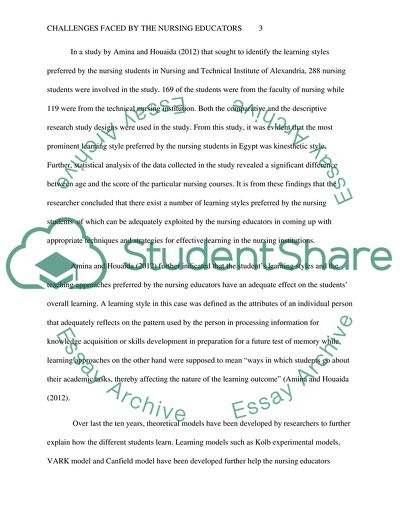Cite this document
(“Using different teaching strategies to improve the performance of Assignment”, n.d.)
Using different teaching strategies to improve the performance of Assignment. Retrieved from https://studentshare.org/nursing/1690141-using-different-teaching-strategies-to-improve-the-performance-of-nursing-students-with-different-learning-styles
Using different teaching strategies to improve the performance of Assignment. Retrieved from https://studentshare.org/nursing/1690141-using-different-teaching-strategies-to-improve-the-performance-of-nursing-students-with-different-learning-styles
(Using Different Teaching Strategies to Improve the Performance of Assignment)
Using Different Teaching Strategies to Improve the Performance of Assignment. https://studentshare.org/nursing/1690141-using-different-teaching-strategies-to-improve-the-performance-of-nursing-students-with-different-learning-styles.
Using Different Teaching Strategies to Improve the Performance of Assignment. https://studentshare.org/nursing/1690141-using-different-teaching-strategies-to-improve-the-performance-of-nursing-students-with-different-learning-styles.
“Using Different Teaching Strategies to Improve the Performance of Assignment”, n.d. https://studentshare.org/nursing/1690141-using-different-teaching-strategies-to-improve-the-performance-of-nursing-students-with-different-learning-styles.


